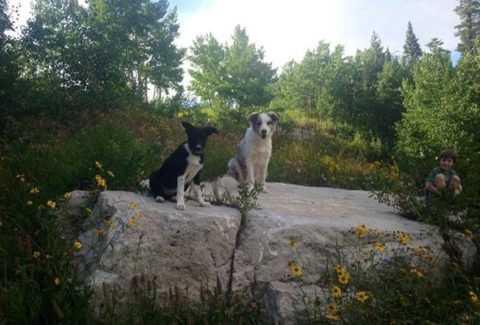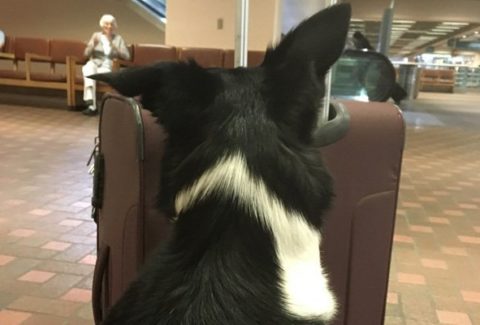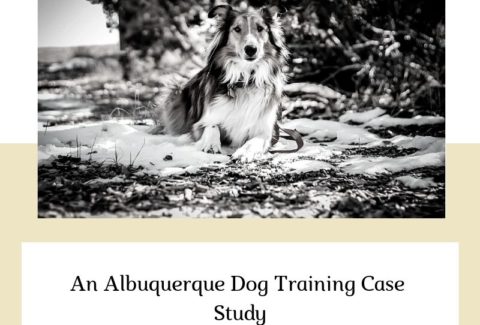Best Dog Breeds for Apartment Living
May 21, 2021 2021-10-08 15:00Best Dog Breeds for Apartment Living
A guest post from our friends over at RENTCafé:
Apartment-dwellers know it can be tough to find the right pet-friendly apartment, especially with breed restrictions and other constraints in place. The space, restrictions, neighborhood amenities and your relationship with the landlord all come into play when you decide which type of pet to adopt. Plus, if you’re renting in a big city, chances are that your apartment is rather small, which means there are even more things to consider when deciding to adopt a pet.
So, if your heart is set on welcoming a bundle of joy and love in the form of a dog, consider your living situation and the possibility of finding a proper home for both you and your four-legged friend. Among the most common breeds restricted by most landlords are for example Rottweilers, German Shepherds, Mastiffs, Pitbulls, Great Danes and Cane Corsos. So, to maximize your chances when negotiating a pet-friendly apartment, steer clear of these larger dogs.
However, these considerations are not only for the sake of finding the apartment, but also essential as you consider the needs of the dog. While there are some breeds that do well in smaller spaces like apartments, larger dogs often require more space, as well as more frequent walks and exercise. The situation caused by COVID-19 has also put things into perspective, and it’s important to realize that the available livable space in your home affects your dog, too, especially during a quarantine.
As a result, we put together a list of the dog breeds that are most suitable for apartment life. Check them out below:
Bichon Frise

These fluffy beauties are perfect for apartment living because they do not really shed much, and they are also hypoallergenic if you have any allergies. They remain rather petite for all of their lives, weighing around 10 to 20 pounds and standing 9 to 12 inches high. Moreover, they’re playful and active, but also loving and get along well with children and other animals.
They can also be trained beginning at an early age, with training continuing at a constant pace.
Note that the bichon should be groomed every month or two to maintain a healthy coat and prevent any moisture from being trapped in it. Otherwise, bacteria could develop in places such as the ear canal. Furthermore, during the summer, their fur might cause them to overheat, leading to excessive scratching. Therefore, it’s best to look for a unit with air conditioning (A/C), just in case.
A popular mixed-breed with a Bichon Frise parent is the Cavachon – a perfect choice for an apartment dog itself.
French Bulldog
The French bulldog is a loyal companion who requires constant attention, as it might suffer from separation anxiety. However, in general, the breed is very well-behaved, rarely barks and is easy to train. French bulldogs are also fairly small, weighing a maximum of 28 pounds. For proper care, pay attention to their specific needs, which can be signs of health issues. And, while you should take them on daily walks, make sure they’re not too strenuous and the outdoor temperature isn’t too high. Indoors, you might also consider investing in an A/C unit because Frenchies can overheat at times.
The new Fluffy Frenchie is a unique variety with longer hair and quickly becoming extremely sought-after in the US.
Cavalier King Charles Spaniel
Among the most loving and loyal breeds, the cav is a perfect apartment dog, enjoying both short walks in the park and staying in your lap for hours on end — which is a pleasure, thanks to its soft and silky coat. These dogs weigh 13 to 18 pounds and have a height of 12 to 13 inches, which makes them perfect, even for smaller apartments.
Moreover, cavs can easily adapt to your lifestyle and be more or less active, according to how you train them. However, they are prone to certain health conditions and, as such, it’s important to research their specific needs and cater to them.
Boston Terrier
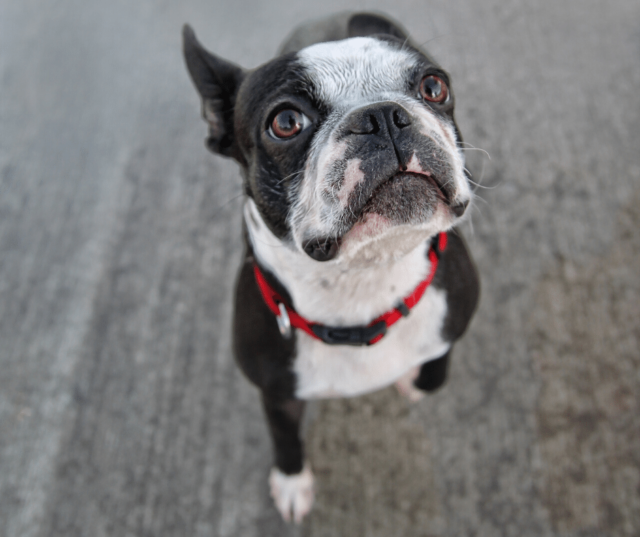
The gentle Boston terrier is a loyal companion with adorable features. It typically weighs 25 pounds or less and has a compact build, standing around 17 inches on average. They also require minimal grooming. Plus, this “American gentleman” doesn’t bark frequently and is easy to train, being very responsive to stimuli. Keep in mind that Boston terriers are protective of their owners and can become territorial.
Greyhound
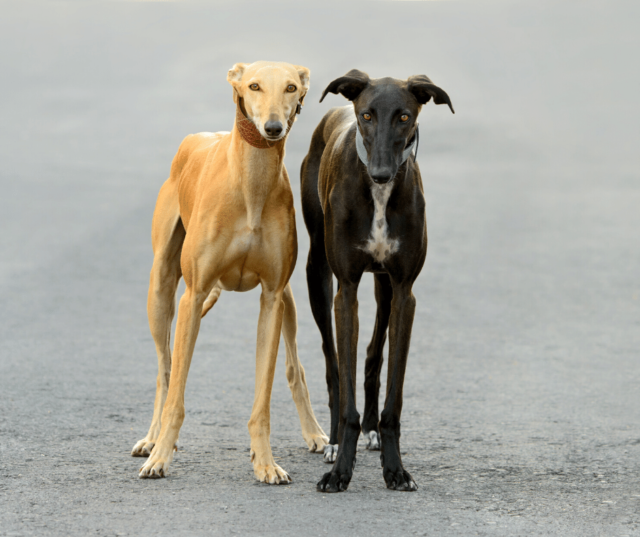
The tallest and heaviest breed on this list, the greyhound might not strike people as an apartment dog at first. However, it requires little exercise and can adjust well to apartment environments — especially if you choose to adopt a retired race dog. In general, they’re not barkers, and they also have a very calm and gentle personality — which contributes to their ability to thrive in a quiet environment. Meanwhile, if you decide to adopt a greyhound, just make sure they qualify for any requirements set in place by your apartment building, as these dogs can surpass the weight limit imposed by some properties.
Shih Tzu
The Shih Tzu is an affectionate companion who will seek your love and attention, especially when there are other people around. These pooches do well in smaller spaces, but they do need to be properly socialized at an early age to avoid becoming stubborn later on in response to commands. Shih tzus are tiny and fluffy, weighing between nine and 16 pounds and growing to around 11 inches. Finally, their coat is long and silky (although sometimes it can curl and become shorter), so they do require constant grooming.
Dachshund
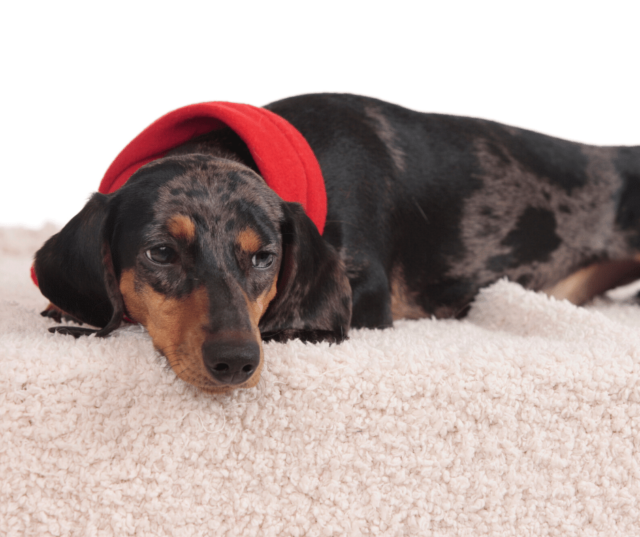
This loving, short-legged dog is a favorite in the U.S., and although it was bred to specialize in hunting burrow-dwelling animals, dachshunds do just fine in apartment conditions. They also come in different varieties, but the most suited for apartment living is the miniature doxie. This type of dachshund usually weighs less than 12 pounds and can also have either very short hair — which prevents excessive shedding — or a longer coat. As burrowers, they will likely hide in blankets or between pillows when they’re tired and need to rest. And, although they might be more difficult to housebreak and bark more often than the others on this list, they’re still worth all the effort.
Basenji
Known as the “barkless dog”, a basenji is alert and curious. While they don’t bark, they do have a tendency to howl or produce a yodel-like sound. They’re also on the smaller scale for dogs — weighing around 23 pounds and growing to around 20 inches. Basenjis have short coats, curled tails and erect ears. They also don’t like wet weather and might refuse to go outside on rainy days. Note that, because they are prey-driven, these dogs may also become aggressive around smaller pets driven. And, although they are reserved and shy around strangers, basenjis tend to cling to one person and become extremely loyal to them.
Brussels Griffon
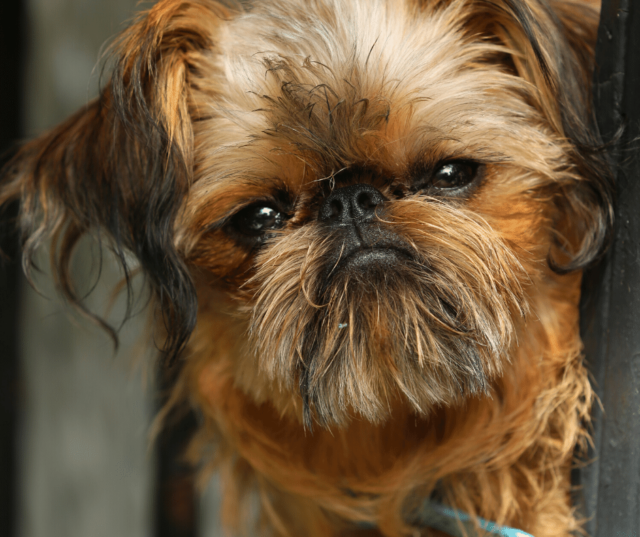
These tiny companions weigh only eight to 10 pounds and stand up to 11 inches, but they are actually quite sturdy. Affectionate and loving dogs, they have a strong desire to cuddle and snuggle with their humans. Their hair — whether rough or smooth — requires little grooming. But, be aware that Brussels griffons do need to be properly socialized when they’re young, while also being supervised outdoors. That’s because they’re unaware of their size and may go after larger dogs to stand their own ground.
Pomeranian
Pomeranians are very small dogs, weighing three to seven pounds and growing around 14 inches high. Their beautiful, long coat requires constant grooming and, although it’s not difficult to brush them, it should be done daily. Pomeranians are alert and playful, usually barking loudly in the presence of other dogs or new humans. They can, however, be trained at an early age to control the barking. These pups do very well in small spaces, even if they’re active. However, they need to be socialized, as well, because they are extroverts. Proper training will also help avoid the development of excessive barking or stubborn behaviors.
Pomeranians are great companions for other small breeds and mixed breeds, such as the Chiweenie,
When you adopt a pet, it might become harder to find suitable apartments for both you and your furry friend. However, these are some of the best breeds for apartment living, and you can also choose to cultivate a good relationship with your landlord regarding your dog. For instance, if you’ve lived with your dog in other apartments, ask for recommendations from your previous landlord. Draft up a pet résumé and include that your dog is trained and in good health. Finally, be honest and open, ask questions, and aim for as much transparency as possible. If you show genuine interest in the concerns of your landlord, they will likely be more open to accommodating your needs, as well.
About the author: Mihaela Buzec is a passionate reader and writer with an affinity for language and linguistics, as well as the latest technological developments. She discovered her passion for real estate at RENTCafé, and you can read more of her articles on their blog.
Steffi Trott
Related Posts
Albuquerque Dog Hikes: Sandia Mountains
Albuquerque Dog Training Destinations – Inner City
The Genius Of New Dog Trainers
Albuquerque Dog Training Places
An Albuquerque Dog Training Case Study
Check out our effective and affordable online dog training courses!
-
Sale Product on sale
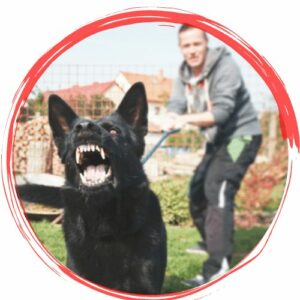 Tackling Reactivity Bundle
Tackling Reactivity Bundle
MONEY BACK GUARANTEE$564.00$49.00 -
Sale Product on sale
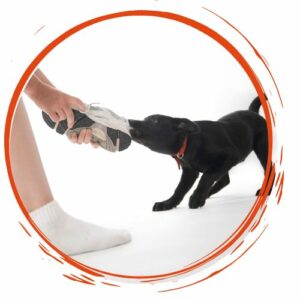 Perfect Obedience Bundle
Perfect Obedience Bundle
MONEY BACK GUARANTEE$349.00$49.00 -
Sale Product on sale
 Ultimate Puppy Bundle
Ultimate Puppy Bundle
MONEY BACK GUARANTEE$416.00$49.00 -
Sale Product on sale
 The Perfect Focus Bundle
The Perfect Focus Bundle
MONEY BACK GUARANTEE$445.00$169.00 -
Sale Product on sale
 Ultimate Masterclass Bundle
Ultimate Masterclass Bundle
MONEY BACK GUARANTEE$2,213.00$499.00

